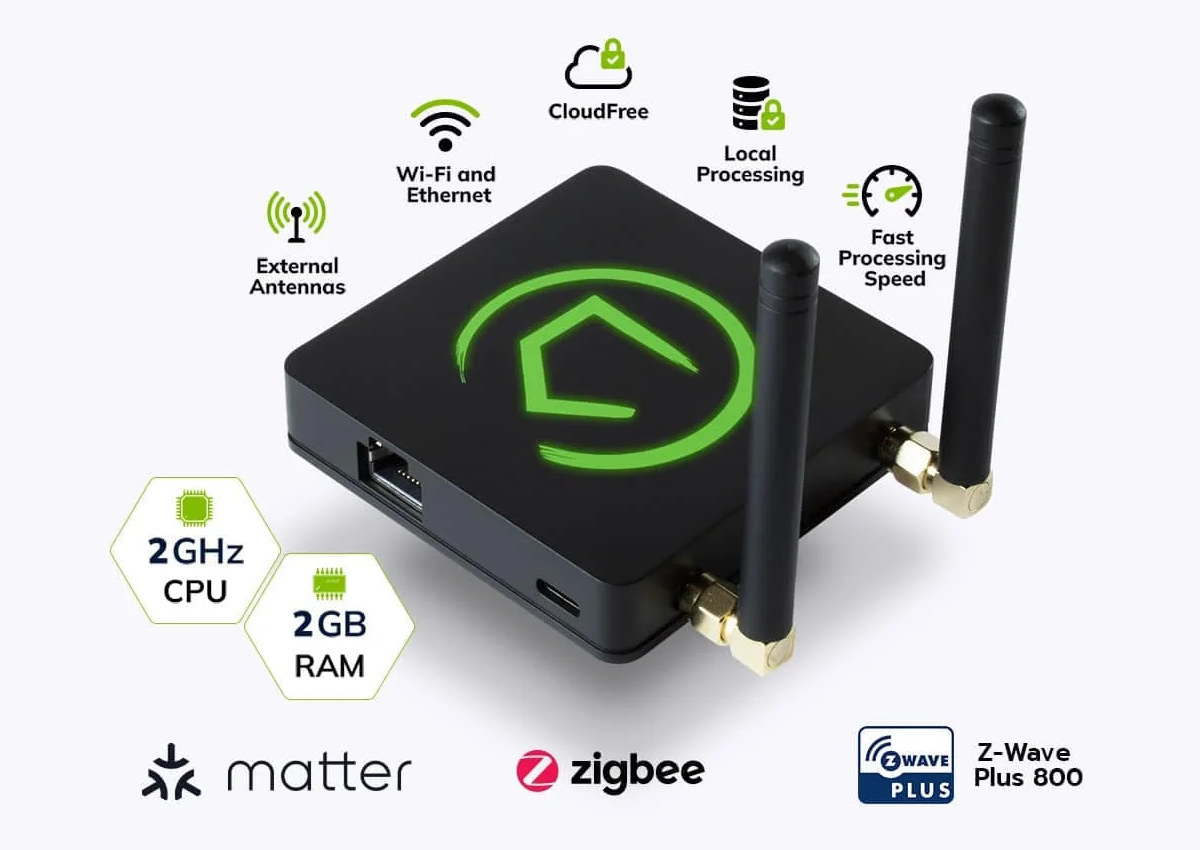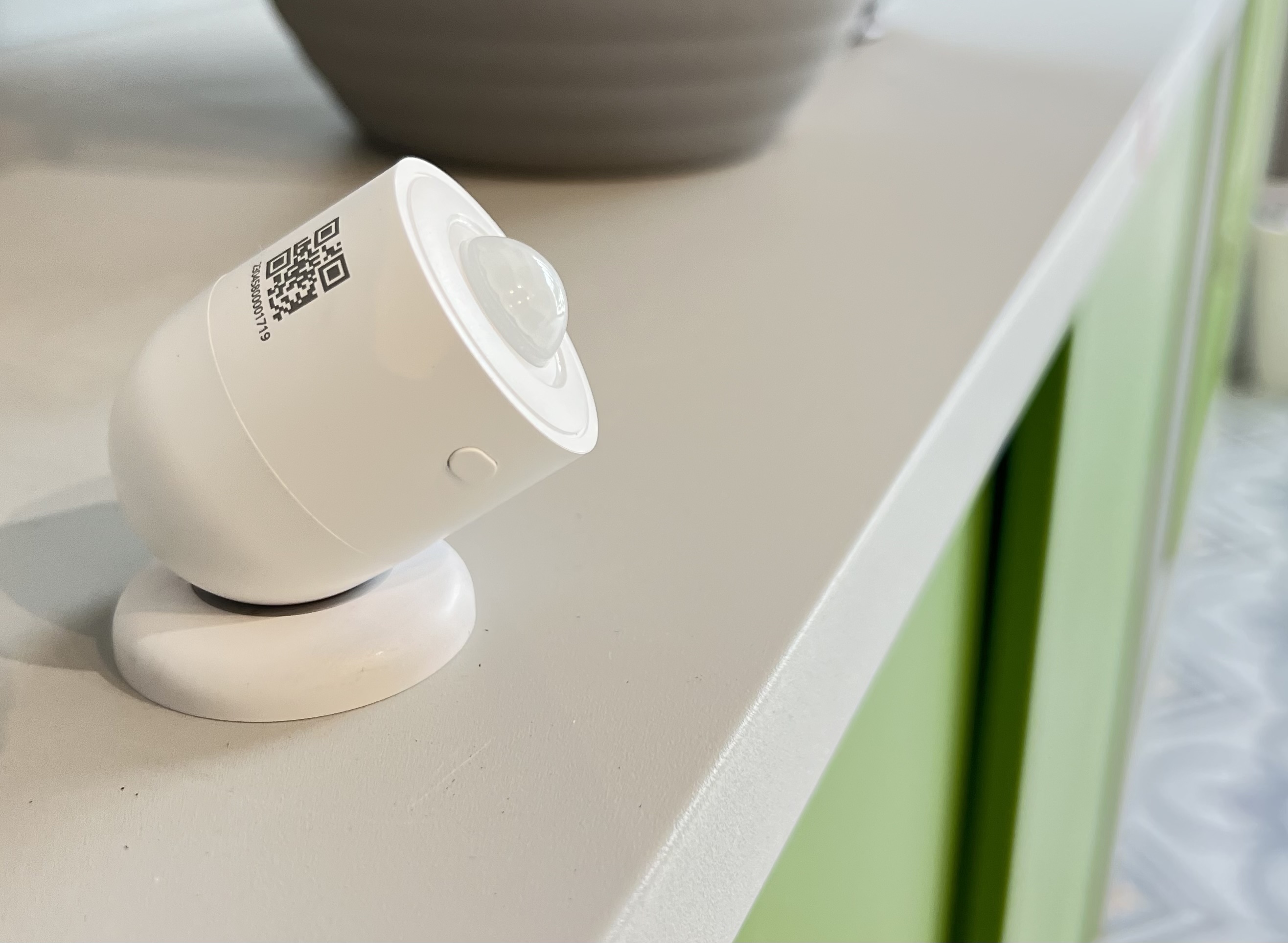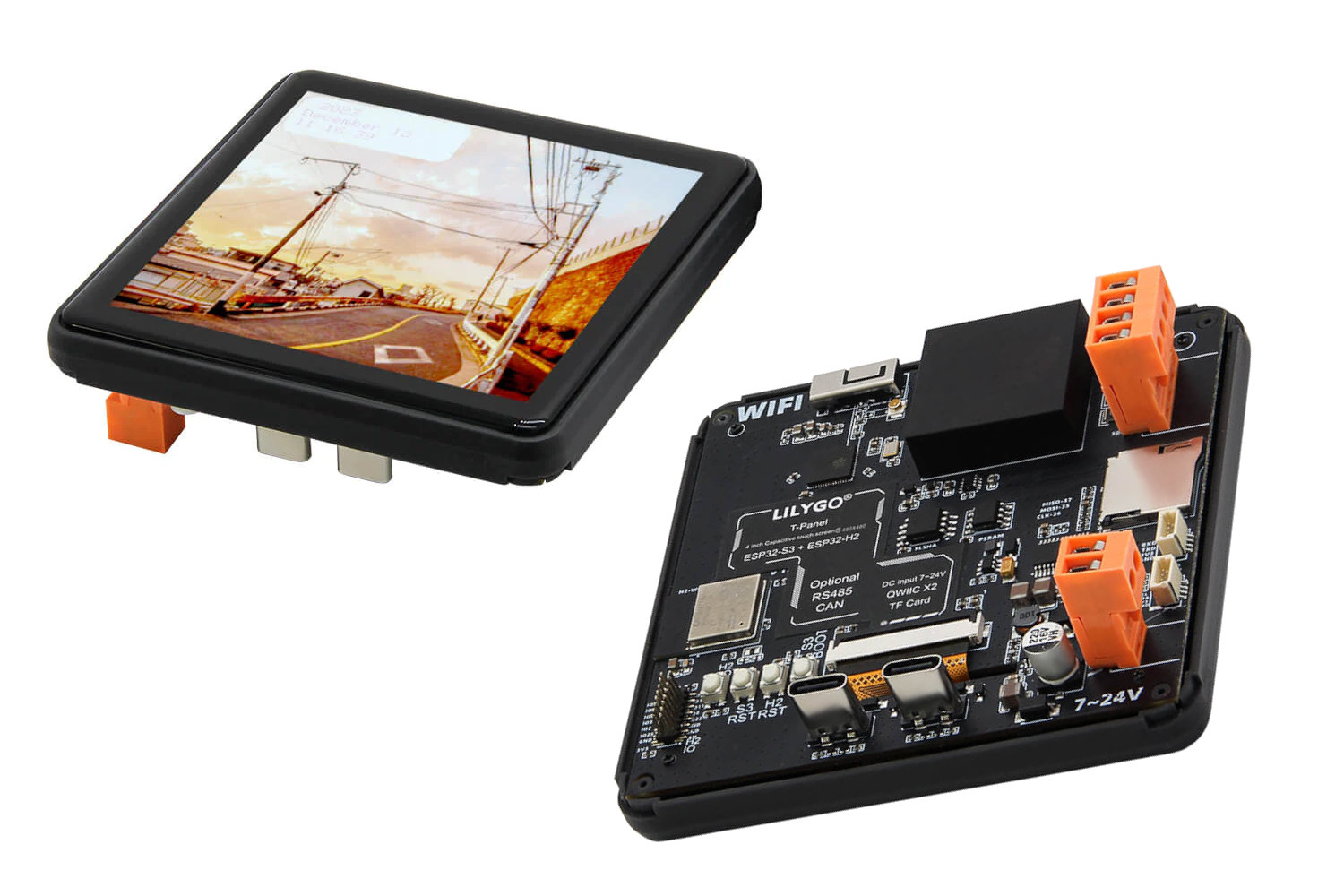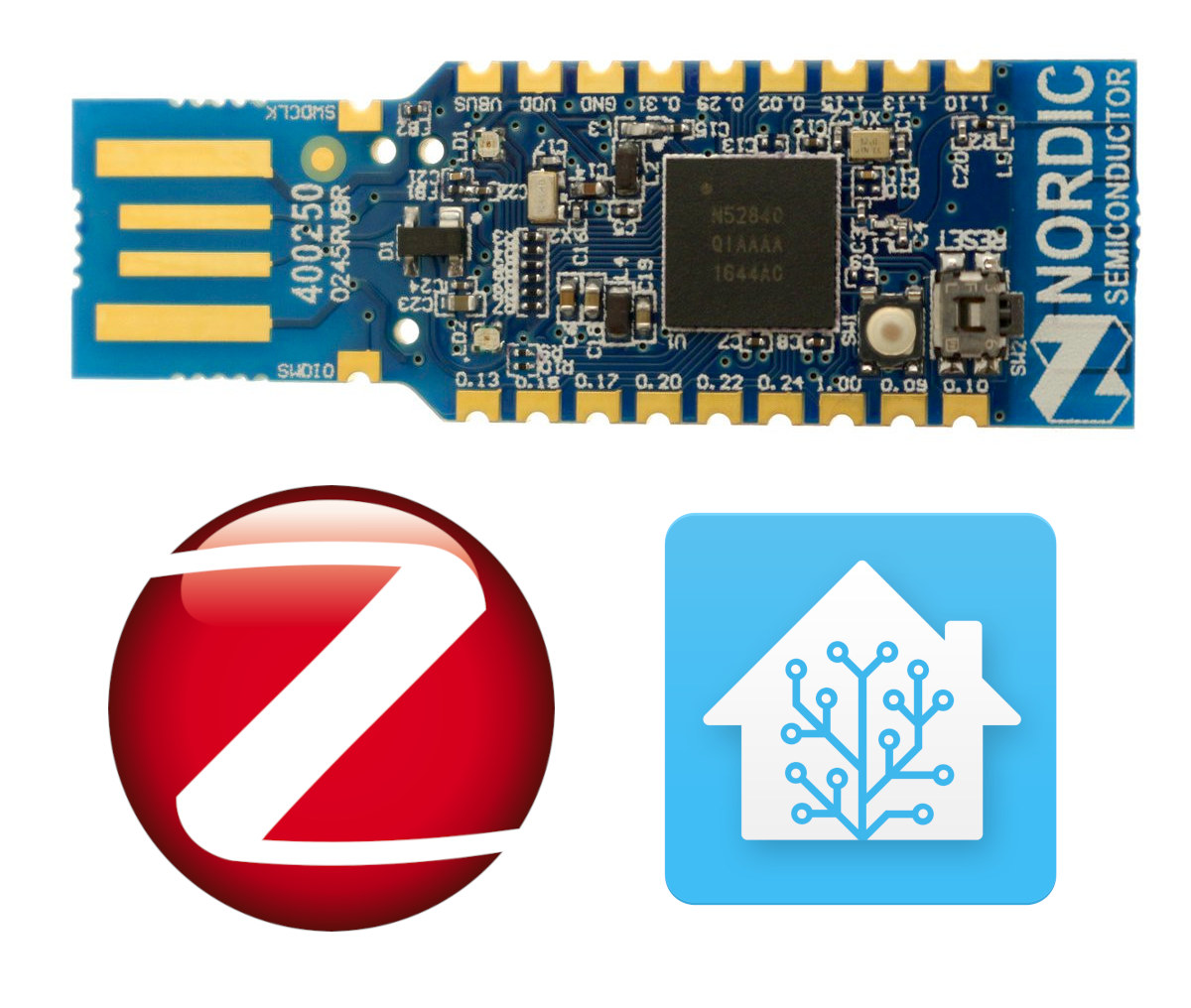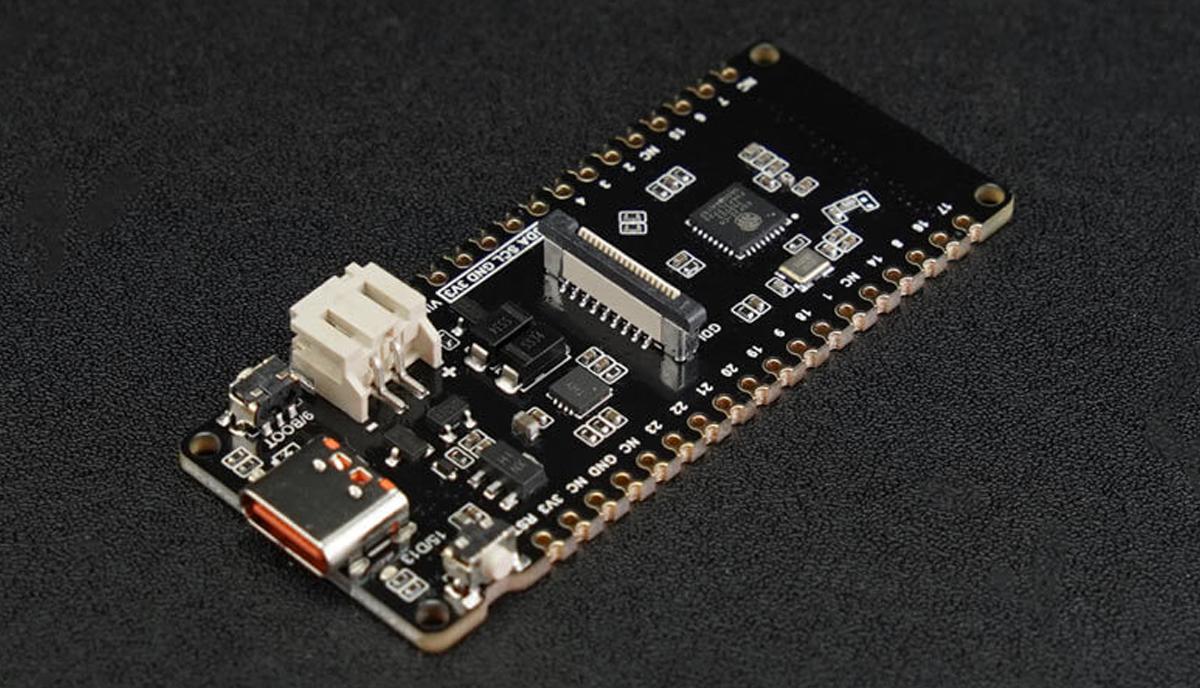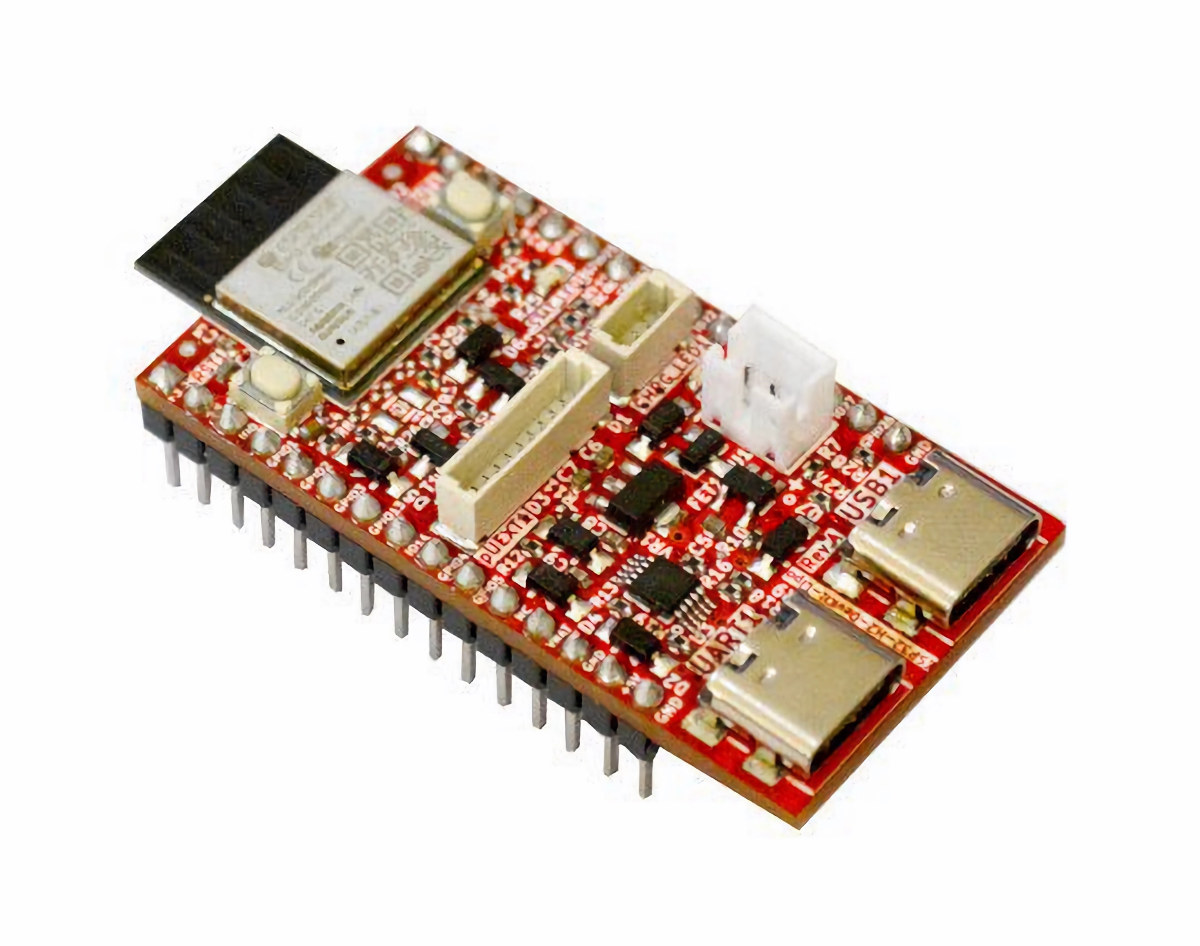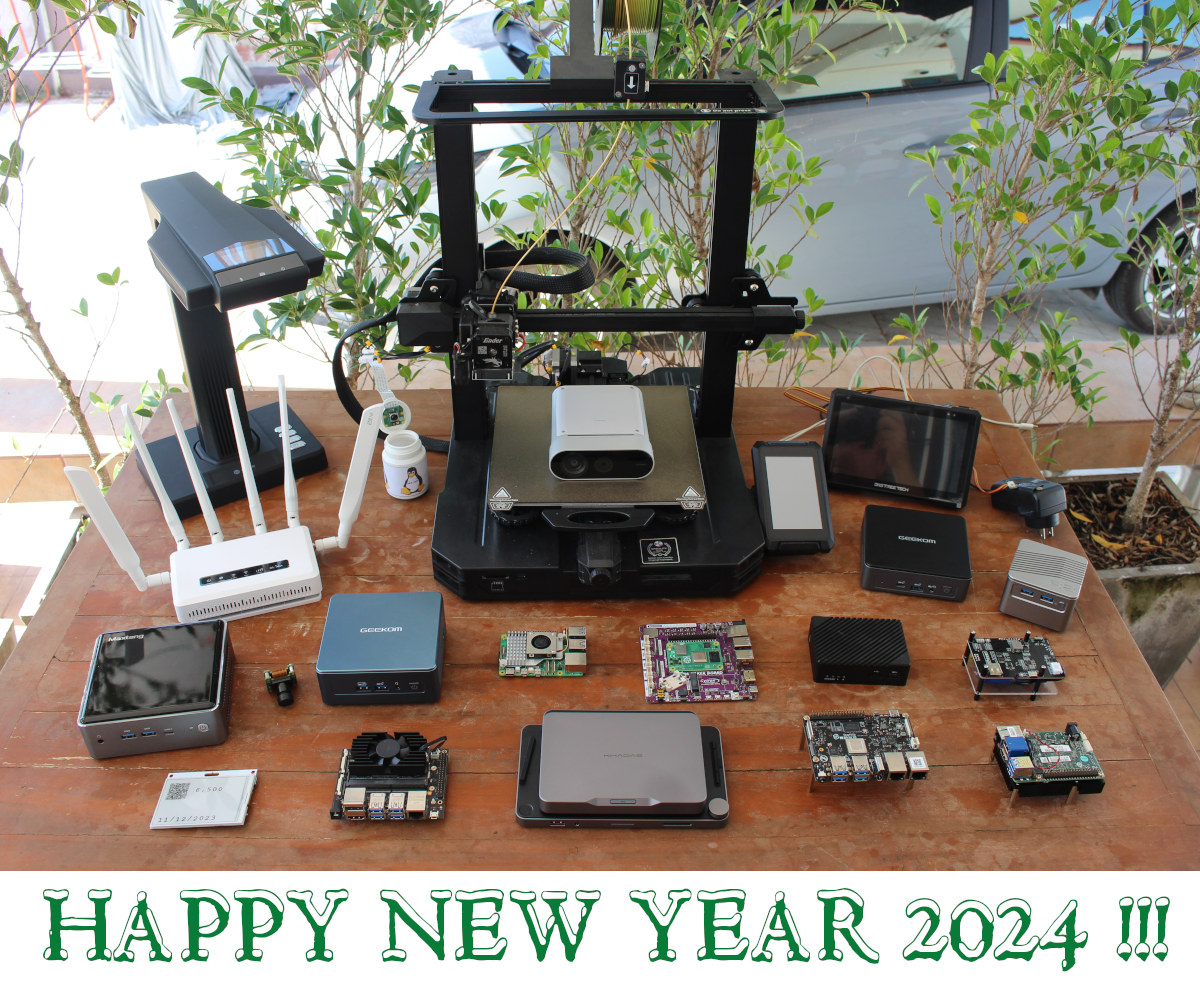Hubitat has recently launched the Elevation Model C-8 Pro Home Automation hub with a Z-Wave 800 radio, a Zigbee 3.0 radio, Wi-Fi, and Ethernet connectivity that upgrade on the earlier C-8 model with more memory (2GB RAM), and a faster 2.0 GHz Cortex-A55 processor. I’ve never written about Hubitat Smart Home solutions, but they seem to have an active community of users, so I’ll check out their latest Elevation Model C-8 Pro gateway and what they have to offer in terms of software and device support. Hubitat Elevation Model C-8 Pro specifications: SoC – Arm Cortex A55 processor @ 2.016 GHz (that could be the Amlogic S905X3 found in the ODROID-C4 SBC) System Memory – 2GB RAM Storage – TBD Connectivity Ethernet RJ45 port WiFi Z-Wave 800 radio Zigbee 3.0 radio Matter support 2x external antennas Power Supply – 5V via USB-C port Dimensions – 8.2 x 7.5 x 1.7 […]
Review of SONOFF SNZB-03P new Zigbee motion sensor with eWelink and Home Assistant
SONOFF continues to release new Zigbee products series including the wireless switches/buttons (SNZB-01P) and temperature and humidity sensors (SNZB-02P) that we reviewed last year. Today, we will review another new sensor, that is the Zigbee 3.0 motion sensor (SNZB-03P) and we’ll need a Zigbee Hub/Bridge/Dongle to receive Zigbee signals to make it work. The technology of this sensor remains PIR, which uses infrared waves similar to before. This is different from the Human Presence sensors that are gaining popularity, which use mmWave (millimeter wave, frequency 3-30GHz). Both types have their pros and cons. SONOFF has also recently released a Human Presence sensor, namely the SNZB-06P which we will review soon. The SONOFF SNZB-03P is suitable for applications where motion needs to be detected (staying standstill won’t work) and places where it is not feasible or practical to run power cables. The latter is advantageous compared to Human Presence sensors because […]
LILYGO T-Panel – A 4-inch HMI display and WiFi, BLE, and 802.15.4 gateway based on ESP32-S3 and ESP32-H2
LILYGO T-Panel is both a 4-inch HMI display and IoT gateway based on ESP32-S3 WiFi 4 and Bluetooth LE 5 microcontroller and an ESP32-H2 module with Bluetooth LE 5 and an 802.15.4 radio for Zigbee, Thread, and Matter connectivity. Last year, Espressif introduced the ESP-Thread Board Router/Zigbee gateway board with ESP32-S3 and ESP32-H2 to show how both chips could be combined to create IoT gateways. But I don’t think I had seen a company design a product based on both ESP32-S3 and ESP32-H2 until I saw the T-Panel which also includes an RS485 interface and Qwiic expansion connectors for good measure. T-Panel specifications: Wireless chips/modules Wireless SoC – ESP32-S3R8 dual-core Tensilica LX7 microcontroller @ 240 MHz 2.4 GHz 802.11n WiFi 4 and Bluetooth 5.0 LE connectivity Memory – 8MB PSRAM Wireless module – ESP32-H2-MINI-1 module MCU – Espressif Systems ESP32-H2 32-bit RISC-V microcontroller at up to 96 MHz with 320 […]
Zigbee Home is an ESPHome-like firmware project for Zigbee devices
Zigbee Home firmware project aims to provide similar functionality to ESPHome open-source firmware, but for Zigbee devices based on Nordic Semi nRF52 wireless microcontrollers, and later on the newer nRF53 MCUs.
The firmware relies on Nordic Semi ZBOSS for Zigbee 3.0 stack and should eventually enable a range of Zigbee devices to be flashed with open-source firmware and facilitate integration with Home Assistant open-source home automation framework through ZHA integration, and support for Zigbee2MQTT is also being worked on.
This new ESP32-C6-based IoT development board supports solar battery charging
DFRobot’s FireBeetle 2 ESP32-C6 is an IoT Development Board with 802.11ax (now called Wi-Fi 6), Bluetooth 5, Zigbee 3.0, Thread 1.3, and flexible power options including USB Type-C, 5V DC, and a CN3165 Lithium Ion battery charger for solar-powered systems. This isn’t the first solar-based board we’ve covered. We’ve also explored boards like Conexio Stratus, Wisblock Kit 2, and RAK8211-NB iTracker along with other solar-powered devices such as solar-powered laptops, solar-powered headphones, and even a solar-based power supply. FireBeetle 2 ESP32-C6 IoT Development Board Specifications: Processor – ESP32-C6 RISC-V single-core, 160 MHz Memory SRAM – 512KB ROM – 320KB Flash – 4MB RTC SRAM – 16KB USB – USB 2.0 CDC Wi-Fi Protocols – IEEE 802.11b/g/n, IEEE 802.11ax (20 MHz-only non-AP mode) Bandwidth – Supports 20 MHz and 40 MHz at 2.4 GHz Modes – Station, SoftAP, SoftAP+Station Frequency – 2.4GHz Frame Aggregation – TX/RX A-MPDU, TX/RX A-MSDU Bluetooth Protocol […]
8 Euros ESP32-H2-DevKit-LiPo is an open-source hardware Bluetooth 5 LE and 802.15.4 (Zigbee/Thread/Matter) board
Olimex ESP32-H2-DevKit-LiPo is an open-source hardware board based on ESP32-H2-MINI-1-N4 wireless module with Bluetooth 5 Low Energy (LE) and an 802.15.4 radio for Zigbee, Thread, and Matter connectivity, and that can be powered by a LiPo battery. The ESP32-H2 RISC-V microcontroller is coupled with 4MB flash in the wireless module, and the board comes with two rows of 15 pins for up to 19 GPIOs with alternate functions such as ADC, SPI, UART, I2C, etc… plus pUEXT and Qwiic/Stemma connectors for expansion modules. The board also features two USB-C ports, one for connected directly to the ESP32-H2 and the other for USB to UART programming/debugging. ESP32-H2-DevKit-LiPo specifications: Wireless module – ESP32-H2-MINI-1-N4 MCU – Espressif Systems ESP32-H2 32-bit RISC-V microcontroller at up to 96 MHz with 320 KB SRAM, 128 KB ROM, 4 KB LP memory, Bluetooth 5.2 LE/Mesh and 802.15.4 (Zigbee/Thread/Matter) radios. Storage – 4MB flash storage PCB antenna Dimensions […]
Arduino and Silicon Labs collaborate to bring Matter to Arduino boards and IDE
Arduino and Silicon Labs have joined hands to both bring Matter-compatible SiLabs wireless microcontrollers to the Arduino IDE and then design an upcoming Arduino Nano based on SiLabs MGM240 Arm Cortex-M33 microcontroller with Matter, Thread, Zigbee, and Bluetooth LE protocols. Available now: Arduino Core for Silicon Labs devices The first phase of the collaboration involves getting Arduino core for Silicon Labs development boards so that compatible devices can be programmed in the IDE. The good news is that it’s available now and works with four existing wireless boards: SparkFun Thing Plus Matter MGM240P based on MGM240PB32VNA Arm Cortex-M33 MCU with Matter, Thread, Zigbee 3.0, and Bluetooth 5.3 LE connectivity SiLabs xG27 Dev Kit based on EFR32BG27C140F768IM40 Arm Cortex-M33 MCU with Bluetooth LE 5.3, Bluetooth Mesh, Proprietary 2.4 GHz connectivity SiLabs xG24 Explorer Kit based on EFR32MG24B210F1536IM48 Arm Cortex-M33 MCU with Bluetooth 5.3 LE, Bluetooth Mesh, Matter, OpenThread, Zigbee, Proprietary 2.4 […]
2023 Year in review – Top 10 posts, statistics, and what to expect in 2024
It’s the last day and last article of the year, so we will look at some highlights of 2023, some traffic statistics on the CNX Software website, and speculate what interesting developments may happen in 2024. Looking back at 2023 The semiconductor shortage that had happened since 2020 started to fade away in early 2023, and supplies for most electronics components and devices seem to be adequate at this time, so that was a bright spot this year, and hopefully, it will stay that way in 2024 despite geopolitical tensions. We did not have any super exciting new Arm application processors from Rockchip, Amlogic, or Allwinner announced this year, although the Amlogic S928X penta-core Cortex-A76/A55 CPU started to show up in some 8K TV boxes. The launch of the Raspberry Pi 5 SBC with a Broadcom BCM2712 quad-core Cortex-A76 processor was probably the main highlight for Arm on this side […]


